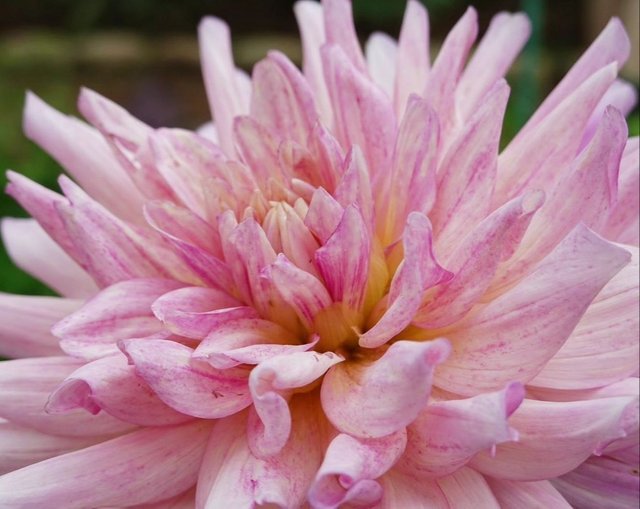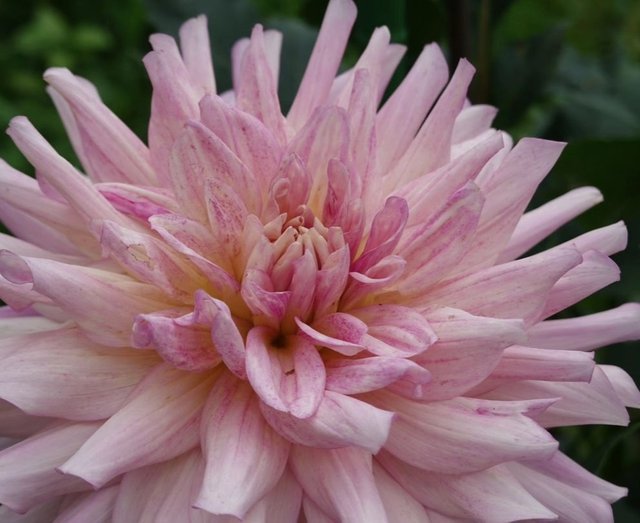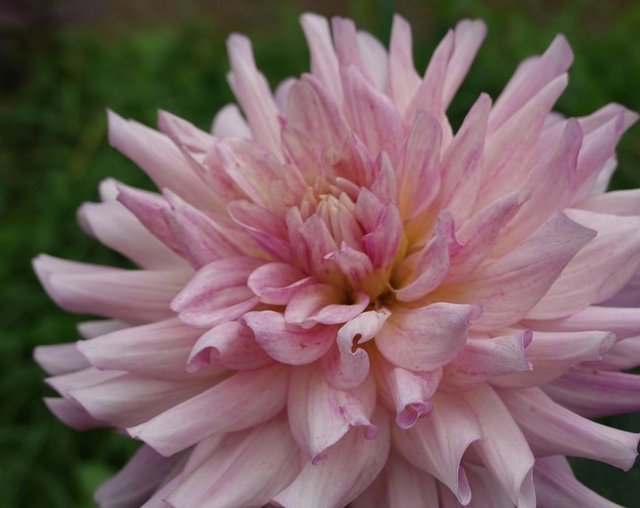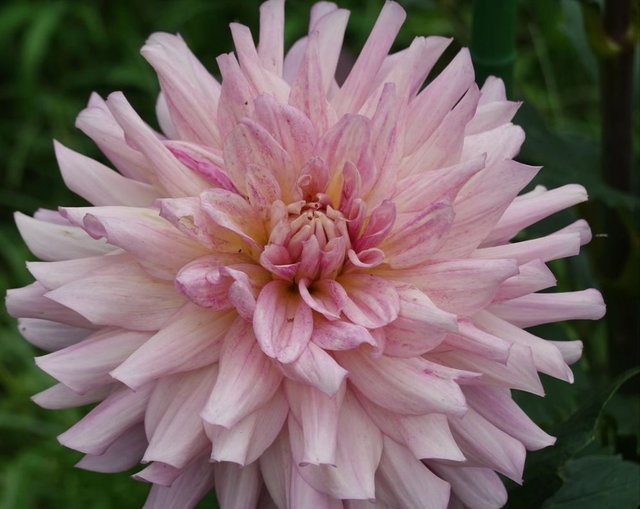Amazing Colour Dahlia Flower
Dahlias are one of the most striking and diverse flowers you can find in a garden. Known for their vibrant colors, intricate shapes, and varying sizes, they offer a stunning display that can captivate any flower enthusiast or casual observer. Originating from Mexico, dahlias have a rich history and cultural significance, which, combined with their botanical appeal, make them a favorite among gardeners and florists alike.
History and Origin
Dahlias belong to the Asteraceae family, which also includes sunflowers, daisies, and chrysanthemums. They were first discovered in the mountainous regions of Mexico and Guatemala. The Aztecs were among the first to cultivate dahlias, using them for various purposes, including food, medicine, and even as water pipes due to their hollow stems.
In the late 18th century, dahlias were introduced to Europe by Spanish botanists. They quickly gained popularity, especially in Spain, France, and the Netherlands, where hybridization began in earnest. This led to the development of countless varieties, showcasing a wide array of colors, shapes, and sizes.
Varieties and Classifications
One of the most remarkable aspects of dahlias is their diversity. They come in several forms, each with unique characteristics:
Single-flowered dahlias: These have a single row of petals around a central disc, resembling a daisy.
Collarette dahlias: They feature a single row of flat petals, with a smaller row of petals forming a collar around the disc.
Anemone-flowered dahlias: These have a dense central disc surrounded by one or more rows of petals.
Cactus dahlias: Characterized by their narrow, pointed petals that often curve and twist.
Ball dahlias: As the name suggests, these have spherical flower heads composed of tightly packed petals.
Pompon dahlias: Similar to ball dahlias but smaller in size, with a perfectly rounded shape.




